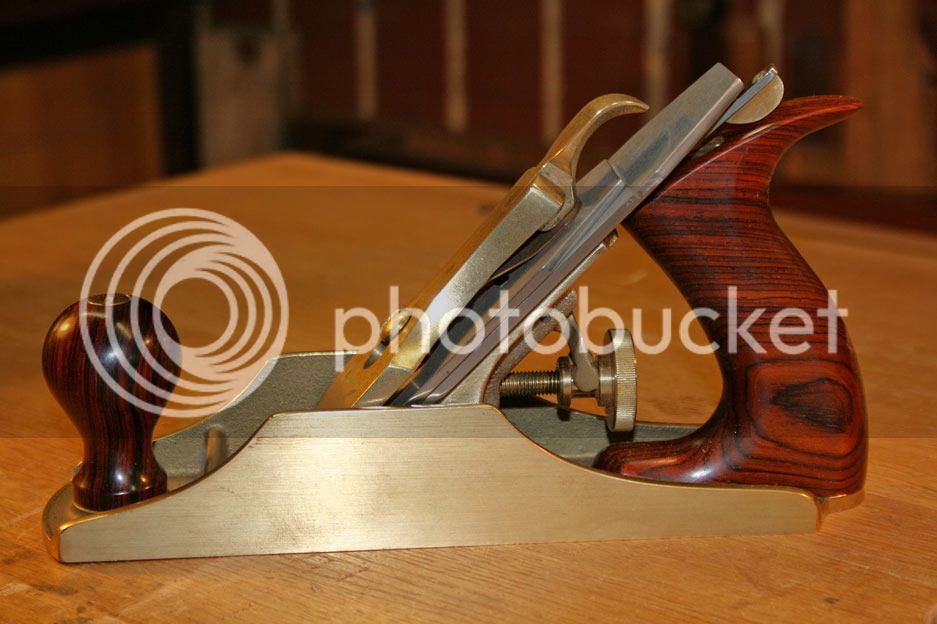swagman
Established Member
I have a wide variety of planes, and they all work well in different situations.
I still dimension by hand. I did so without machinery for over 20 years. That was when I purchased a tablesaw. I only purchased a power jointer/thicknesser about 5 years ago. A Jack, Jointer and Smoother still remain the standard tools, and often it is quicker to use the jack and jointer. But it is nice to use machines for the hard woods we have in WA (Western Australia).
As many are aware, the woods we have here are highly interlocked. I am not sure why. More so in WA, which is essentially a desert. The forests extend along the coastline below Perth, and this is home to the Jarrah I am so fond of using. The trouble is that much of it is gone, and what I use today is old roofing timbers ... dry and twisted .. harder than my wife's heart.
But I am not alone here, and many similar woods abound in Oz. It is not by chance that many woodworkers prefer handplanes with high cutting angles and tougher steels to withstand the abrasiveness of the woods. HNT Gordon are popular with 60 degree beds. They sell a lot of HSS blades.
Dimensioning wood is not a new skill among woodworkers, and was going on a long time before the double iron was understood. When something works, you use it. Not everyone is prepared to seek improvements or change their methods.
BU planes will continue to play a central role in much handtool woodworking. A criticism here (and elsewhere) is that they just act as smoothers. Well, you know that is fine. Not everything is about taking thick shavings, and there are planes for that. For many, a high cutting angle is going to be preferred simply because it is easier to set up, and it is reliable. The finish on hardwood is indistinguishable from a lower cutting angle on a double iron. Further, one thing a BU plan can do a whole lot better than a double iron is plane end grain, such as on a shooting board.
I also am happy to use a high cutting angle in a BD plane. Today I used a HNT Gordon Trying Plane. Yes, it takes finer shavings than, say a Stanley #7. However, on the edges I was shooting, this is exactly what I wanted, and the narrow boards really benefitted from the delicate touch this plane offers. I could have used a #7, but it was too large for the task.
Between all this are the common angle jacks and foreplanes that are both single- and double iron, and used for rough dimensioning.
And then, to complete the picture, I was planing drawer blades to which I had added a bowed section. This meant that I was planing the faces of two boards with grain running in opposite directions. A double iron was perfect to sort this out. Nil tear out.
Working with an unpredictable material such as wood requires that one be willing to try different methods to achieve the result one desires. There is no "right" answer. There is only what works. Efficiency comes in many disguises.
Regards from Perth
Derek
Hi Derek. Would I be right in suggesting Bu planes are less prone to chatter, as a result of their lower direction force .
On the subject of camber, I come across this article that might interest you.
Therefore, I sharpen more camber into a blade for a low angle bevel-up plane than for a bevel-down plane to achieve the same functional amount of camber. http://www.finewoodworking.com/item/297 ... lane-irons
regards Stewie;






























